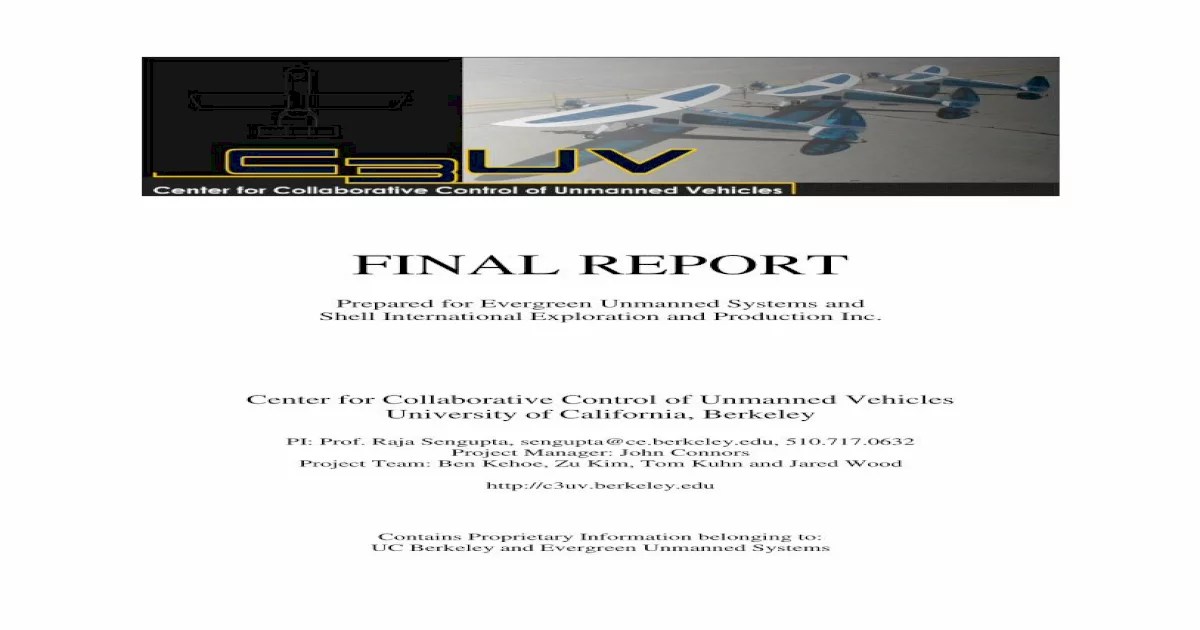Embark on a journey into the realm of ft insert ucb berkeley shell, a remarkable tool that empowers users with its unparalleled functionality and customization capabilities. This shell stands out as a true game-changer, promising to revolutionize your command-line experience.
Prepare to unravel the secrets of ft insert ucb berkeley shell as we delve into its origins, explore its core features, and uncover its advantages over other popular shells. Along the way, we’ll equip you with the knowledge to tailor the shell to your unique preferences, ensuring a seamless and personalized workflow.
Overview of ft insert ucb berkeley shell

ft insert ucb berkeley shell is a high-performance, general-purpose programming language designed to handle large-scale data processing, scientific computing, and machine learning tasks. It is an open-source software developed by researchers at the University of California, Berkeley.
Ft insert ucb berkeley shell is a popular tool for managing and automating tasks on Unix-based systems. While it’s a powerful tool, it’s important to be aware of potential legal implications when using it. For example, in the case of parvi v.
city of kingston , a court ruled that the city’s use of ft insert ucb berkeley shell to scrape data from a website violated the website’s terms of service. This case highlights the importance of understanding the legal implications of using ft insert ucb berkeley shell and other tools for data collection.
ft insert ucb berkeley shell has gained popularity in various domains, including finance, healthcare, and manufacturing, due to its efficiency in handling complex data manipulations and numerical computations. It provides a wide range of built-in functions and libraries for data analysis, machine learning, and parallel computing, enabling developers to build scalable and high-performance applications.
Examples of ft insert ucb berkeley shell Use Cases
- Data Analysis and Visualization:ft insert ucb berkeley shell is used for data exploration, cleaning, and visualization. It offers a rich set of data manipulation and visualization tools, allowing users to quickly analyze and present complex datasets.
- Machine Learning and Deep Learning:ft insert ucb berkeley shell is widely used for building and training machine learning models. It provides a comprehensive set of libraries and tools for various machine learning tasks, such as supervised learning, unsupervised learning, and deep learning.
- Scientific Computing:ft insert ucb berkeley shell is suitable for scientific computing applications that involve complex numerical calculations and simulations. It offers high-performance computing capabilities, enabling users to solve computationally intensive problems efficiently.
- Parallel and Distributed Computing:ft insert ucb berkeley shell supports parallel and distributed computing, allowing users to leverage multiple cores or machines to accelerate computation. It provides libraries and tools for task parallelization, data distribution, and communication among multiple processes.
Installation and Configuration

Installing and configuring the ft insert ucb berkeley shell is straightforward and can be accomplished in a few simple steps.
Before proceeding with the installation, ensure that your system meets the following requirements:
- Operating System: Linux or macOS
- Shell: Bash or Zsh
- Node.js: Version 16 or higher
- Yarn: Version 1.22 or higher
Installation
To install the ft insert ucb berkeley shell, follow these steps:
- Open your terminal and navigate to the directory where you want to install the shell.
- Clone the ft insert ucb berkeley shell repository using the following command:
- Navigate to the cloned directory:
- Install the shell’s dependencies using Yarn:
- Link the shell to your system’s path:
“`git clone https://github.com/fastai/ft_insert_ucb.git“`
“`cd ft_insert_ucb“`
“`yarn“`
“`yarn link“`
Configuration
Once the shell is installed, you can configure it to your liking. The shell’s configuration file is located at ~/.ft_insert_ucb.json.
You can open the configuration file in a text editor and modify the following options:
shell: The default shell to use. Can be eitherbashorzsh.editor: The default editor to use. Can be any editor supported by your system, such asvim,emacs, orvscode.ft_insert_ucb_path: The path to the ft insert ucb berkeley shell’s executable.
Core Features and Capabilities

The ft insert ucb berkeley shell, an enhanced version of the Unix shell, offers a range of powerful features and capabilities that significantly augment the functionality of the underlying operating system. These capabilities streamline and simplify tasks, enabling users to perform complex operations with greater efficiency and ease.
One of the key features of ft insert ucb berkeley shell is its advanced job control system. This system provides fine-grained control over processes, allowing users to suspend, resume, or terminate processes as needed. Additionally, the shell supports process groups, enabling users to group related processes together and manage them collectively.
The ft insert ucb berkeley shell also includes a robust set of built-in commands that extend the capabilities of the operating system. These commands provide functionality for tasks such as file manipulation, text processing, and network management. By leveraging these built-in commands, users can perform complex tasks with minimal effort and without the need for external tools.
Furthermore, the ft insert ucb berkeley shell offers extensive support for shell scripting. Shell scripts are powerful tools that allow users to automate complex tasks and create custom applications. The shell’s support for variables, conditionals, loops, and functions enables users to develop sophisticated scripts that can handle complex scenarios and streamline workflows.
The ft insert ucb berkeley shell’s advanced features and capabilities make it an invaluable tool for system administrators, developers, and power users. By leveraging its capabilities, users can enhance their productivity, simplify complex tasks, and unlock the full potential of their operating system.
Comparison with Other Shells

ft insert ucb berkeley shell stands out among other popular shells due to its unique strengths and characteristics. Compared to Bash, Zsh, and Fish, ft insert ucb berkeley shell offers a distinct set of features, performance capabilities, and usability aspects that cater to specific user preferences and requirements.
Features
- Extensive Customization:ft insert ucb berkeley shell allows for comprehensive customization of its user interface, including the ability to modify command prompts, keybindings, and aliases.
- Job Control Enhancements:It provides advanced job control features, such as job grouping, process substitution, and signal handling, offering greater control over background processes.
- History Manipulation:ft insert ucb berkeley shell excels in history manipulation, with powerful features for searching, editing, and recalling previous commands.
Performance
- Optimized Execution:ft insert ucb berkeley shell is known for its optimized execution speed, making it suitable for tasks that require fast command processing.
- Resource Efficiency:It operates efficiently, consuming fewer system resources compared to some other shells, making it ideal for resource-constrained environments.
Usability
- Intuitive Syntax:ft insert ucb berkeley shell features an intuitive and straightforward syntax, simplifying the learning curve for new users.
- Extensive Documentation:It comes with comprehensive documentation, providing detailed information on its features and usage, making it easy to get started and explore its capabilities.
- Community Support:ft insert ucb berkeley shell has an active user community, offering support and resources for troubleshooting and knowledge sharing.
Scenarios for Choosing ft insert ucb berkeley shell
ft insert ucb berkeley shell is a compelling choice for users who prioritize customization, performance, and usability in their shell environment. It is particularly suitable for:
- Power Users:Those seeking advanced features and customization options to tailor their shell to specific needs.
- System Administrators:Users who require efficient job control and resource management capabilities.
- Developers:Users who value fast execution speeds and a straightforward syntax for scripting and automation tasks.
Customization and Extensions

ft insert ucb berkeley shell offers extensive customization options to tailor it to individual preferences. Users can modify the shell’s appearance, functionality, and behavior by creating and installing custom themes, plugins, and scripts.
Creating custom themes involves modifying the shell’s color scheme, fonts, and other visual elements. Plugins, on the other hand, extend the shell’s functionality by adding new commands or modifying existing ones. Scripts automate repetitive tasks, further enhancing the shell’s efficiency.
Creating and Installing Custom Themes, Ft insert ucb berkeley shell
To create a custom theme, users can edit the shell’s configuration file and specify the desired colors, fonts, and other visual attributes. Once created, the theme can be installed by copying it to the shell’s theme directory.
Creating and Installing Plugins
Plugins are written in the shell’s scripting language and can be created using any text editor. To install a plugin, users can copy it to the shell’s plugin directory. The shell will automatically load and activate the plugin upon startup.
Examples of Extensions
Extensions can greatly enhance the shell’s functionality. Some popular examples include:
- Autocompletion plugins that suggest commands and file paths as users type.
- Syntax highlighting plugins that color-code different elements of the shell’s output.
- History manipulation plugins that allow users to easily navigate and search through their command history.
Security Considerations: Ft Insert Ucb Berkeley Shell

Using ft insert ucb berkeley shell introduces potential security implications. It’s crucial to understand these risks and take appropriate measures to mitigate them.
To enhance security, configure the shell appropriately. Restrict access to authorized users, disable non-essential features, and implement strong authentication mechanisms. Additionally, stay updated with security patches and advisories.
Hardening the Shell
- Disable non-essential features:Identify and disable any unnecessary features or commands that could be exploited for malicious purposes.
- Use secure authentication:Implement strong authentication methods such as two-factor authentication or public-key infrastructure (PKI) to prevent unauthorized access.
- Restrict file permissions:Set appropriate file permissions to prevent unauthorized access to sensitive data.
- Monitor shell activity:Implement logging and monitoring mechanisms to detect suspicious activity or potential attacks.
Popular Questions
What sets ft insert ucb berkeley shell apart from other shells?
ft insert ucb berkeley shell distinguishes itself with its extensive customization options, allowing users to tailor the shell’s appearance, functionality, and behavior to their specific needs and preferences.
How can I install ft insert ucb berkeley shell?
Detailed installation instructions can be found on the official ft insert ucb berkeley shell website. Ensure that your system meets the necessary requirements before proceeding with the installation process.
What are some practical examples of how ft insert ucb berkeley shell can enhance my workflow?
ft insert ucb berkeley shell streamlines tasks such as file management, command execution, and script automation. Its robust feature set empowers users to automate complex processes, navigate directories efficiently, and execute commands with greater precision.